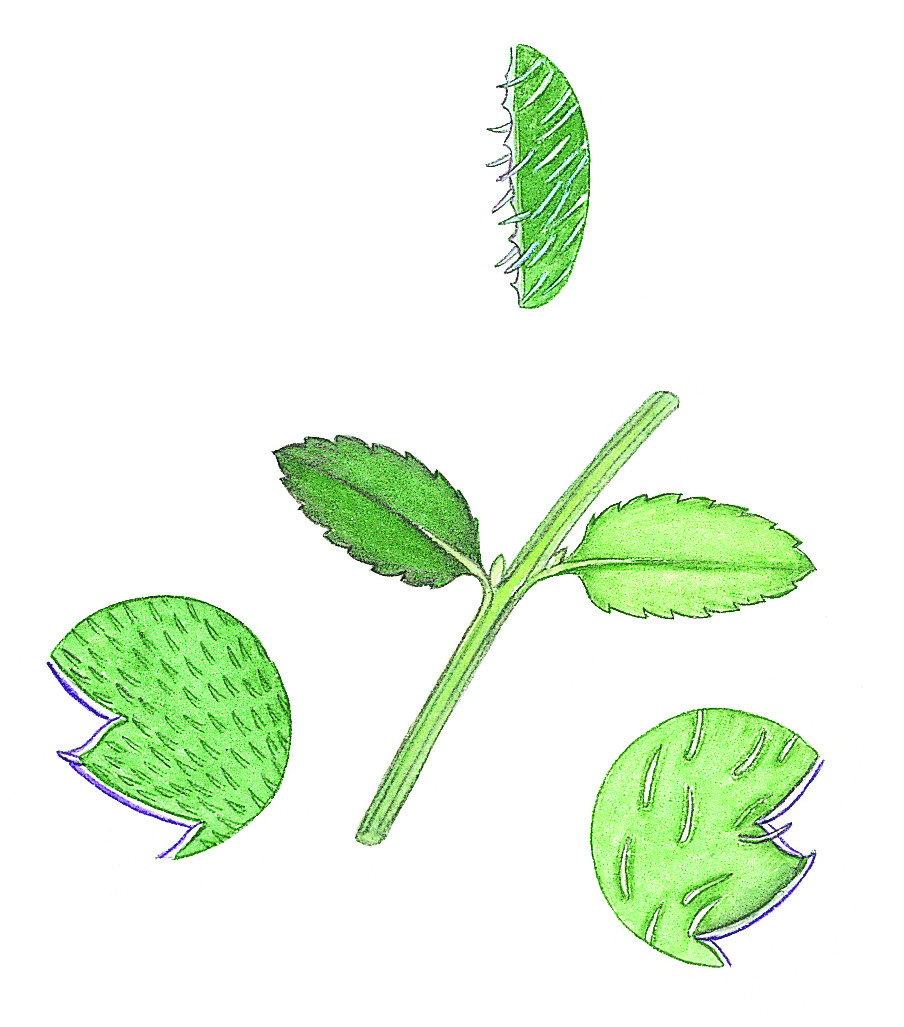Gonocarpus humilis
Orchard Shade RaspwortPerennial herb, prostrate, semi-prostrate to suberect, to 50 cm tall; stems 30–70 cm long, slightly 4-ribbed, covered with soft hairs to 0.5 mm long. Leaves opposite, ovate, 0.5–2.5 cm long, 5–12 mm wide, widely spaced, pilose, margins with 10–15 small teeth; petiole 1–2 mm long; bracts alternate, lanceolate, 2.5–4 mm long, green, margins entire; bracteoles lanceolate, 0.8–1 mm long, brown, membranous, entire. Pedicel 0.1–0.2 mm long; sepals 0.5–0.6 mm long, margins thickened, basal callus present; petals yellow-green, 0.8–1.5 mm long; stamens 4, opposite the sepals, sometimes 4 staminodes opposite the petals, anthers c. 1 mm long; ovary ovoid, 1–1.5 mm long, silver-grey to purplish, 8-ribbed, with 2 or 3 oblique calluses between ribs, minutely scabrous. Fruit 1.3–1.5 mm long. Flowers mainly Oct.–Dec.
GleP, VVP, VRiv, GipP, OtP, WaP, Gold, CVU, GGr, DunT, NIS, EGL, EGU, WPro, HSF, HNF, OtR, Strz, MonT, HFE, VAlp. Also SA, Qld, NSW, Tas. Widespread in Victoria, mostly in cool, damp places.
This species has been confused with Gonocarpus teucrioides but can be distinguished by its lax habit, flowers all alternate in a more sparse inflorescence, smaller brown bracteoles and 4 stamens (sometimes also with 4 staminodes). A variant with exceptionally large leaves to 3.5 cm long and to 1.8 cm wide has been noted in the Grampians.
Jeanes, J.A. (1996). Haloragaceae. In: Walsh, N.G.; Entwisle, T.J., Flora of Victoria Vol. 3, Dicotyledons Winteraceae to Myrtaceae, pp. 887–908. Inkata Press, Melbourne.
 Spinning
Spinning


